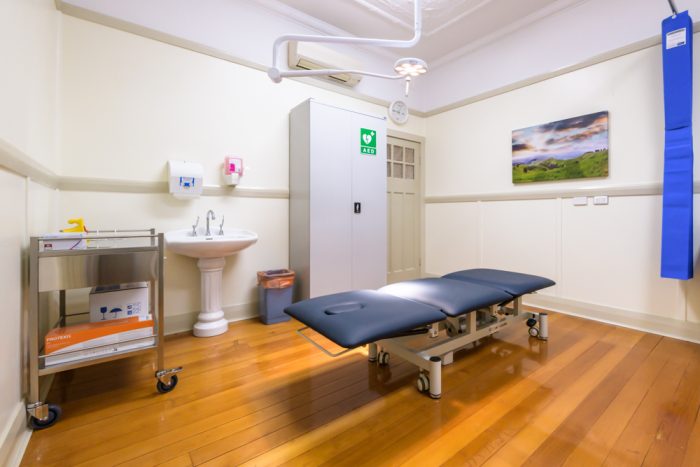Often, skin cancers are best removed surgically. This can be performed using one of the following procedures:
Excision
Excision is the most commonly utilised treatment strategy in skin cancer management. It is performed under local anaesthetic, and involves cutting out the lesion with an appropriate safety margin. The wound is then stitched and a dressing applied. The doctor aims to cure the skin cancer whilst optimising the cosmetic result for the patient. The excised skin cancer is sent to the pathologist to confirm the diagnosis and to ensure that it has been completely removed. Whilst complications are uncommon, the main risks associated with an excision are bleeding, infection and scarring.
Curettage
Curettage is also performed under local anaesthetic and involves scraping the skin lesion off, followed by cauterising (i.e. burning) the area. The wound is then dressed, and the curetted sample sent to the pathologist for confirmation of diagnosis. It is used to treat small, superficial skin cancers. The main risks are the same as for an excision.
Flaps and Grafts
Flaps and Grafts are used when a simple excision cannot adequately treat the skin cancer or the resulting skin defect cannot be closed appropriately. Flaps involve moving skin from adjacent to the defect without completely cutting through the skin. This maintains the skin flap’s blood supply, allowing the wound to heal more quickly than a skin graft. Where a flap is inappropriate, a skin graft is used. This involves taking skin from a separate site of the body and placing it into the defect, which is then typically stitched into position. The skin graft needs to establish a new blood supply and can take longer to heal than other surgical treatment methods. The risks of complications with flaps and grafts are bleeding, infection, scarring, delayed wound healing, and flap or graft failure to maintain/establish its blood supply. The risks are higher compared with a simple excision or curettage.

Photo by Natsky
